Ranitidine HCL
Product Details:
- Molecular Formula C13H23ClN4O3S
- Solubility Freely soluble
- Ph Level 4.5 and 6.0.
- Loss on Drying Not more than 1.0%
- Taste Odorless
- Melting Point ~140 C
- Shelf Life Years
- Click to View more
Ranitidine HCL Price And Quantity
- 2100.0 INR/Kilograms
- 25 Kilograms
Ranitidine HCL Product Specifications
- 66357-59-3
- Room Temperature
- Powder
- No Smell
- Not more than 20 ppm
- Years
- Usual adult dose: 150 mg twice daily or 300 mg once daily (bedtime). Pediatric dose: 2 4 mg/kg/day, divided into two doses. Route: Oral tablets, syrup, injectable forms (IV/IM).
- ~140 C
- 350.87 Grams (g)
- Pharmaceutical Intermediates
- Freely soluble
- White to pale yellow crystalline powder
- Ranitidine HCL
- 98%
- C13H23ClN4O3S
- Medicine Grade
- Not more than 1.0%
- Odorless
- 4.5 and 6.0.
Ranitidine HCL Trade Information
- INDIA
- Cash Against Delivery (CAD), Cash Advance (CA), Cash in Advance (CID), Letter of Credit at Sight (Sight L/C), Telegraphic Transfer (T/T)
- 1000 Kilograms Per Day
- 7 Days
- No
- Free samples are available
- DRUM
- Middle East, Asia, Australia, Central America, North America, Africa, South America, Eastern Europe, Western Europe
- WE PROVIDES ALL KIND OF CERTIFICATIONS AS YOU REQUIRED
Product Description
|
Ranitidine HCL We are offering high quality of Ranitidine HCL. We are known for manufacturing, exporting, distributing, trading and supplying Ranitidine HCL in Gujarat, India. Further, this is safely packaged by our professionals in diverse packaging options that maintain its purity and effectiveness. Shreeji Pharma International is leading Manufacturer, Exporter, Distributor, and Supplier Ranitidine HCL in Gujarat. India. Shreeji Pharma International manufacturing & gmp; supplying all products under GMP site with all types of regulatory supports. Shreeji Pharma International is the largest manufacturer, Exporter and supplier of Ranitidine HCL. Nowadays Shreeji Pharma International is one of the leading manufacturer and exporter, who is manufacturing Ranitidine HCL as well as Intermediates of Ranitidine HCL. Shreeji Pharma International is exporter, supplier, distributor and manufacturers of the Active Pharmaceuticals Ingredients in many countries for many years. Shreeji Pharma International currently exports Ranitidine HCL to countries like Gulf Countries, South East Asia countries, African Countries, CIS Countries, LATAM countries, Central American Countries and in European countries. General Information: Ranitidine Hydrochloride (HCl) is a histamine-2 (H) receptor antagonist (H blocker) used to reduce stomach acid production. It was widely prescribed for conditions like gastroesophageal reflux disease (GERD), peptic ulcers, Zollinger-Ellison syndrome, and acid indigestion. However, due to concerns over N-nitrosodimethylamine (NDMA) contamination, its use has been banned or restricted in several countries. Chemical Properties: Chemical Name: N-(2-[(5-[(Dimethylamino)methyl]furan-2-yl)methylthio]ethyl)-N'-methyl-2-nitroethene-1,1-diamine hydrochloride Molecular Formula: CHNOSHCl Molecular Weight: 350.87 g/mol CAS Number: 66357-59-3 Appearance: White to pale yellow crystalline powder Solubility: Freely soluble in water, alcohol, and methanol Melting Point: 140C Stability: Sensitive to heat, light, and moisture Mechanism of Action: Blocks histamine (H) receptors in the stomach, reducing acid secretion. Lowers basal and stimulated gastric acid production, aiding ulcer healing and reflux control. Pharmacokinetics: Absorption: Rapid, peak plasma concentration in 23 hours. Bioavailability: 50% (due to first-pass metabolism). Metabolism: Metabolized in the liver (partial metabolism). Half-life: 23 hours. Excretion: Primarily via urine (3040% unchanged). Therapeutic Uses & Indications: Gastroesophageal Reflux Disease (GERD) Peptic Ulcers (Duodenal & Gastric Ulcers) Zollinger-Ellison Syndrome (Hyperacid Secretion Disorder) Erosive Esophagitis Dyspepsia & Acid Indigestion Dosage & Administration: Usual adult dose: 150 mg twice daily or 300 mg once daily (bedtime). Pediatric dose: 24 mg/kg/day, divided into two doses. Route: Oral tablets, syrup, injectable forms (IV/IM). Side Effects: Common: Headache, dizziness, diarrhea, constipation. Serious: Liver toxicity (elevated liver enzymes, jaundice). Blood disorders (thrombocytopenia, leukopenia rare). CNS effects (confusion, hallucinations in elderly patients). NDMA Contamination Concerns: Potential carcinogenic risk led to market withdrawal in many regions. Precautions & Contraindications: Do not use in: Patients with severe kidney or liver disease. Individuals with known hypersensitivity to ranitidine. Caution in: Long-term users (risk of vitamin B12 deficiency). Pregnant & breastfeeding women (use only if necessary). Drug Interactions: Decreases absorption of drugs requiring acidic pH: Ketoconazole, itraconazole, iron supplements Affects metabolism of: Warfarin (increased bleeding risk) Theophylline, procainamide (increased toxicity risk) Regulatory Status: Withdrawn or banned in the USA, EU, and several other countries due to NDMA concerns. Replacements: Famotidine, omeprazole, pantoprazole (safer alternatives). Storage & Stability: Store at 1530C, in a dry, dark place. Protect from light, moisture, and heat.
|

Price:
- 50
- 100
- 200
- 250
- 500
- 1000+

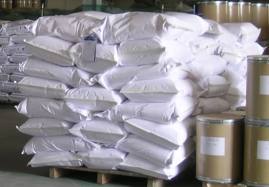
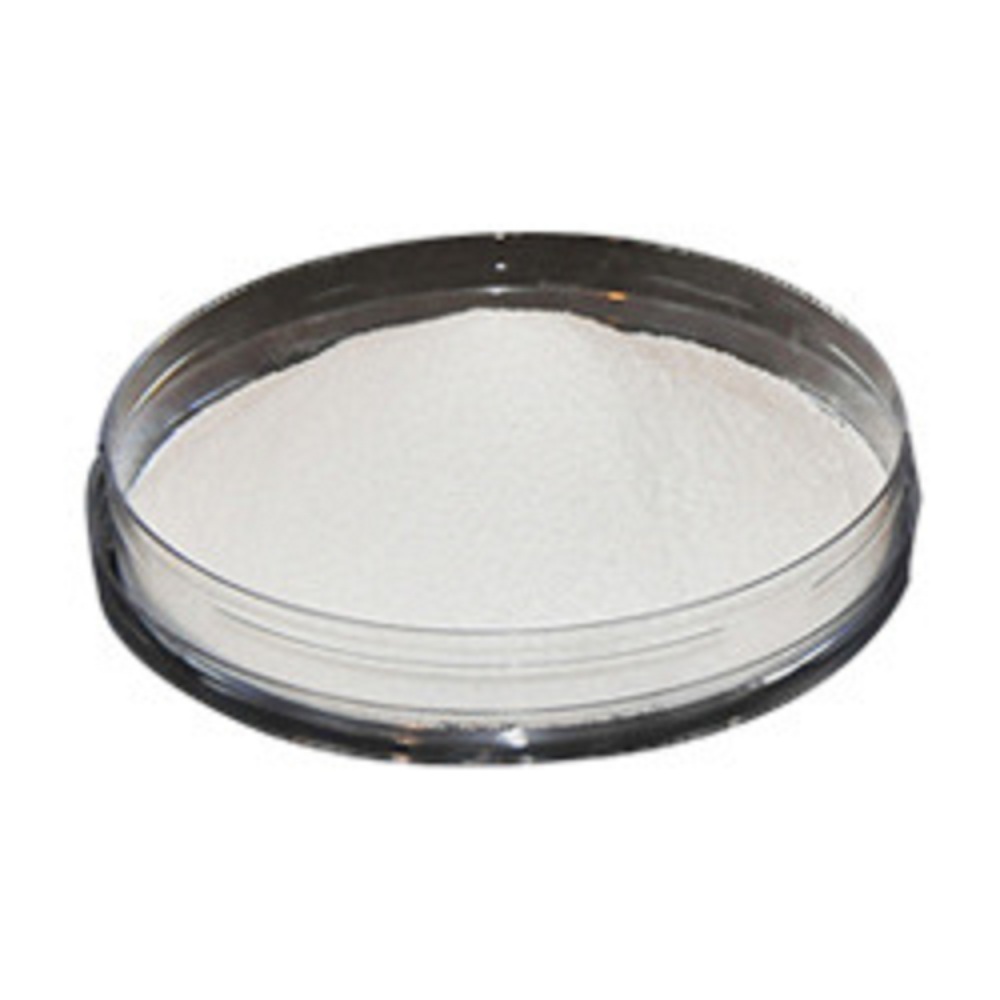
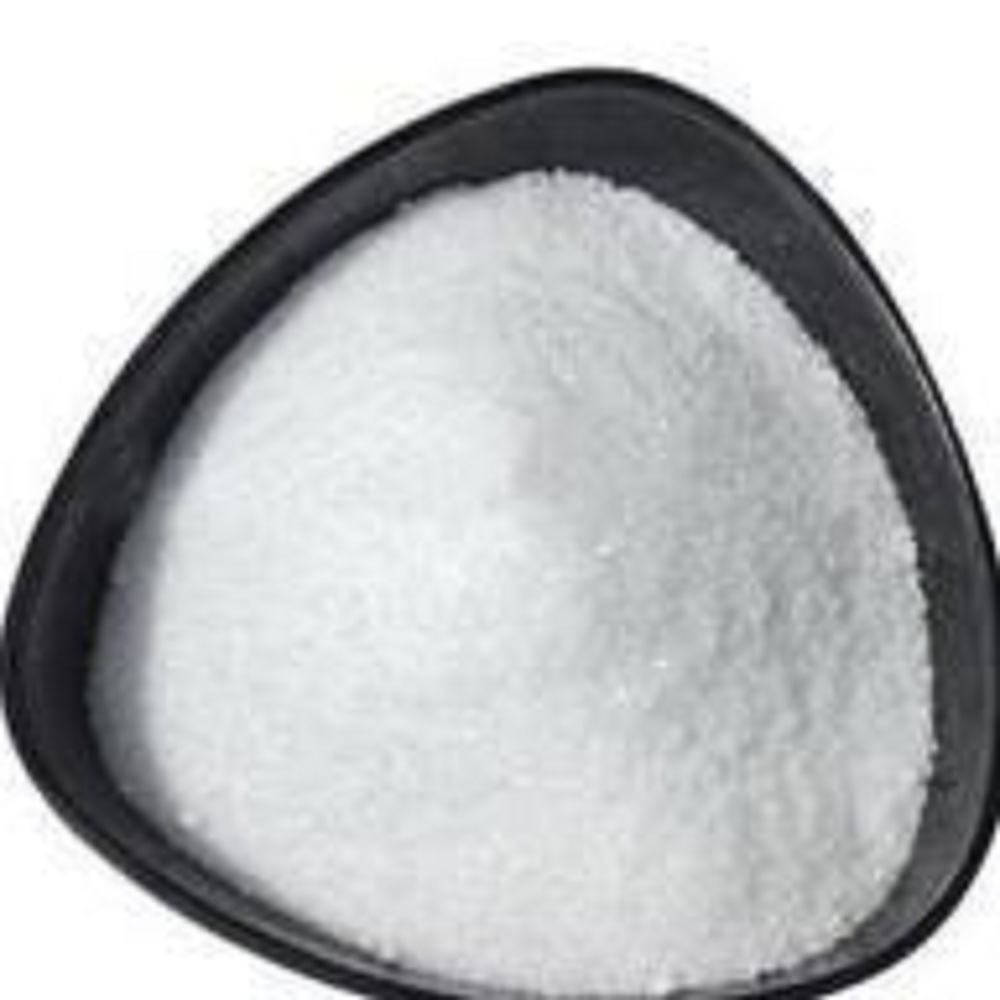



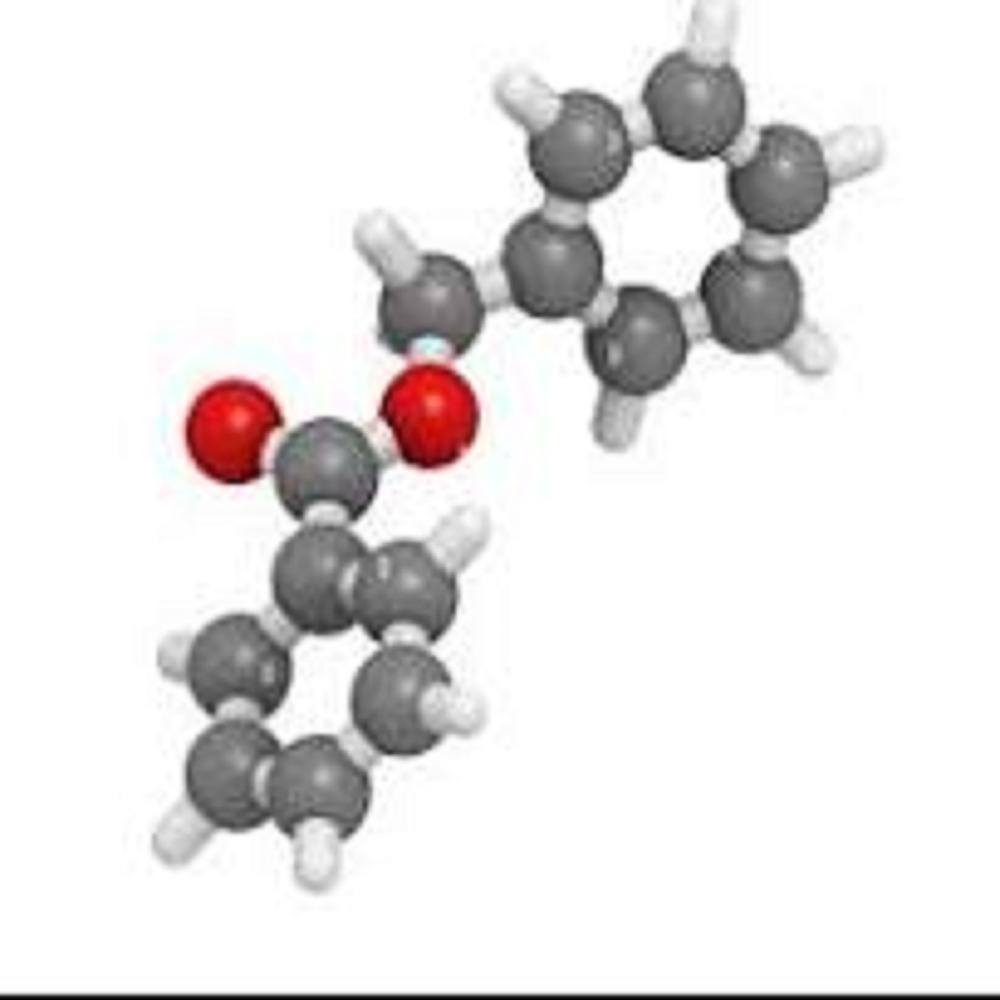
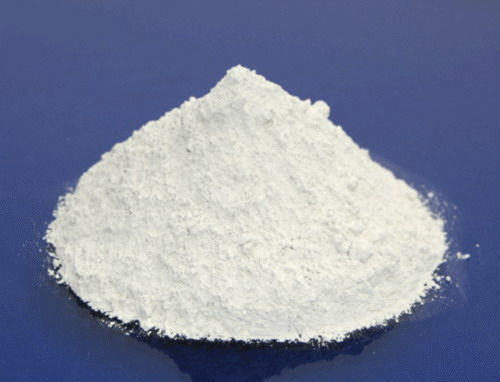

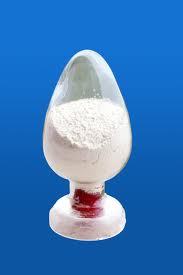
 : nilesh.sheth70
: nilesh.sheth70
